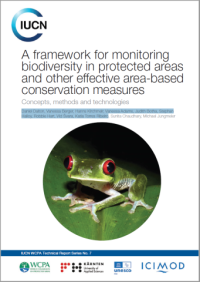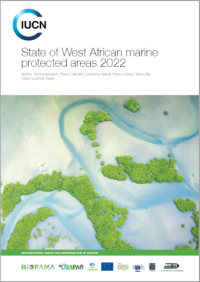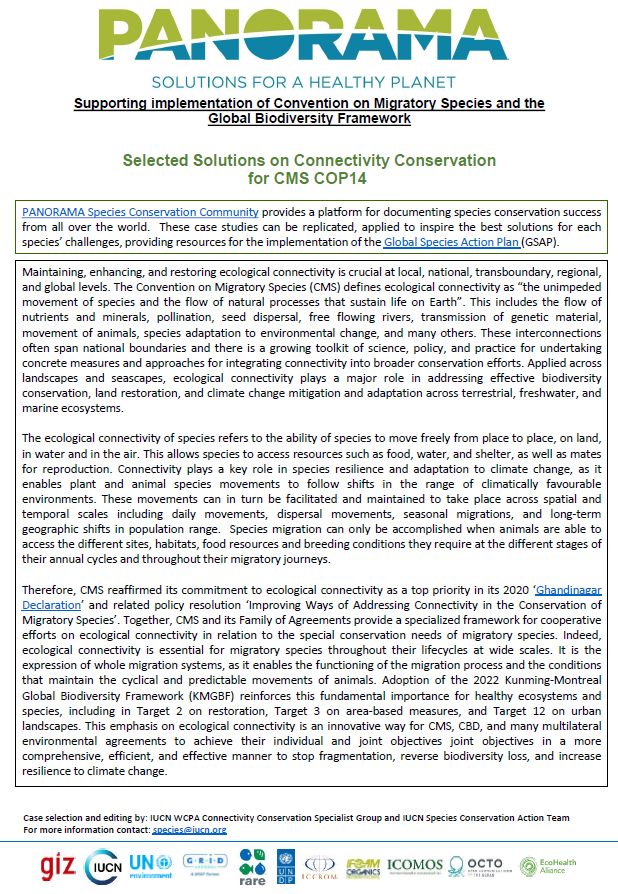The conservation status and distribution of Mediterranean dung beetles
The Mediterranean Red List assessment is a review of the regional conservation status of approximately 6,000 species (amphibians, mammals, reptiles, birds, fishes, butterflies, dragonflies, beetles, corals and plants) according to the IUCN Red List Categories and Criteria. It identifies those species that are threatened with extinction at the regional level to guide appropriate conservation actions for improving their status. This report summarises the results for Mediterranean dung beetles. All the dung beetles that are endemic or nearly endemic to the Mediterranean region – 200 species – are included. The geographical scope is the Mediterranean region according to the Mediterranean Basin Biodiversity Hotspot (Mittermeier et al., 2004), with the exception of the Macaronesian islands, which have not been included in this study. Of the 644 species of dung beetles inhabiting the Mediterranean region, 200 (32%) have at least 75% of their distribution range within the borders of the region. The other 444 species, which occur over a wider area, were excluded from this assessment. Of the 200 species analysed, 150 are considered endemic as they cannot be found anywhere else in the world.



